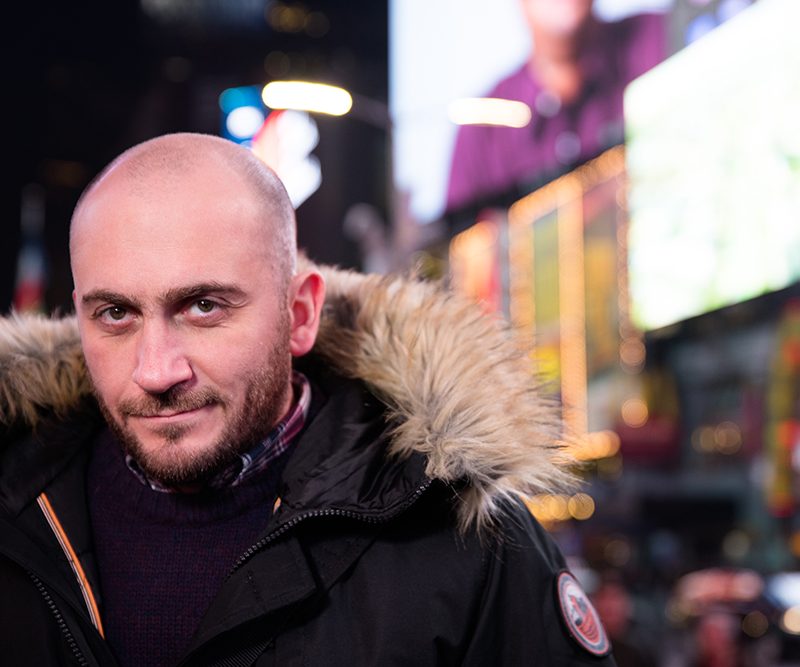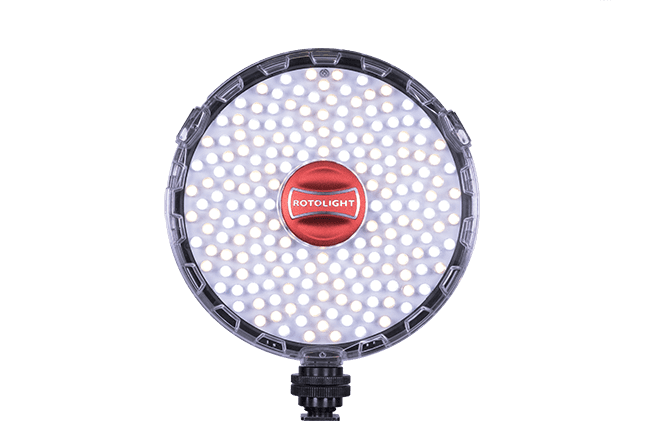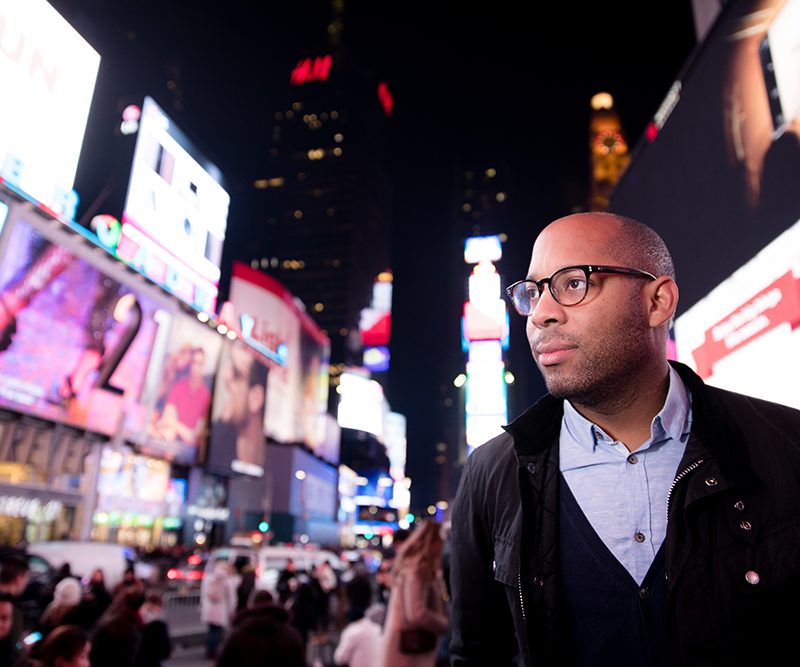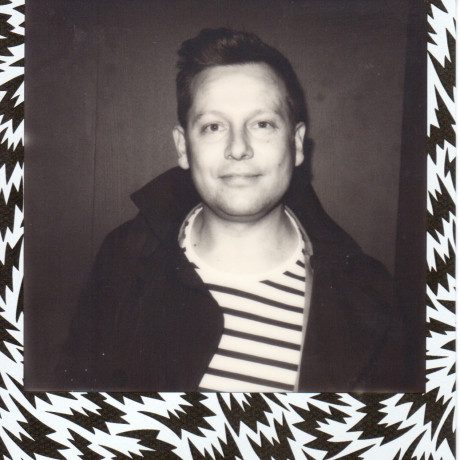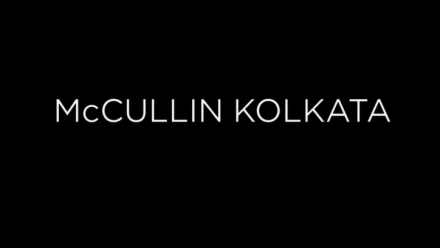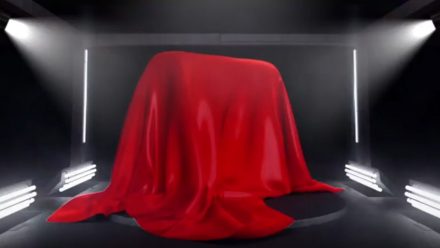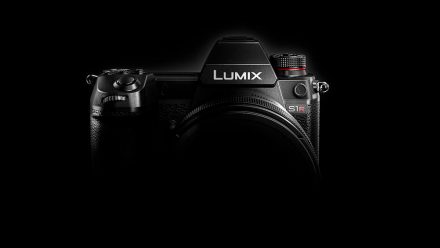Realising Creative Vision: Achieving the Holy Trinity of Skill, Kit and Execution with Simeon Quarrie
Simeon Quarrie, CEO, Vivida Productions, has been working as a professional image-maker for many years and having been around the block, [a few times] boasts a wealth of experience when it comes to approaching creative projects. In this exclusive blog post for PhotoBite, Simeon sheds light on his creative approach and ultimately, the elements that need to align for any creative projects to be a success
For many, creativity is intangible. But for people, like me, who rely on creativity to make a living, it is something that we bring to life every day. The process and its execution involve a lot more than simply coming up with a good idea.
I like to think of it as there being two sides to creativity; the first involves finding a quiet, almost zen-like calm in order to forge new ideas and concepts. These creative concepts then have to be brought to life. And this leads to the second aspect of creativity; thinking on your feet, often under pressure, during the process of making your vision a reality.
As both a photographer and videographer, I think of myself as a creative problem solver
It’s worth repeating that creativity doesn’t simply end after the idea has been thought of. No, it needs to be refined, changed, and improved as you go along until you complete your project. As both a photographer and videographer, I think of myself as a creative problem solver.
Creative problem-solving?
What does that actually mean? Simply put: You need a combination of skill, expertise and the right equipment to bring your creative idea to fruition. In an ideal world, you’ll have everything you need, in a location that perfectly suits your requirements and as much time as you need. However, in reality, you are rarely faced with a situation where everything is perfect. This means you need the ability to work your way around the imperfections to make the shoot [and your creative vision] work.
A lot of this has to do with having the right equipment. I have kit that allows me to be as flexible as I need to be; equipment that enables me to deliver the desired end result. That includes Canon cameras, from smaller DSLRs, like the 1DX MARK II, to high-end ones like the C300 Mark II.
When it comes to LED lighting, my kit bag includes the portable NEO 2 and larger Anova PRO location and studio light, both from Rotolight.
In my career I’ve played many roles, from wedding videographer, using both video and photography in corporate storytelling, and the one thing I’ve learned is that technology has an important part to play, but it can’t be a distraction. It needs to enable me, support me and be easy to use. Ideally, it should be multi-purpose and allow me to exercise more creative flexibility. Once you’re in front of a client or even shooting a spontaneous scene, you don’t want to worry about your kit. So it’s all about having the right tool for the job.
The right tool for the job
A really simple example of this is my use of Rotolight’s NEO 2, on-camera, in Times Square. On a recent business trip to New York, I travelled light, taking minimal kit with me; just my trusted camera and the NEO 2, which happened to fit perfectly in my coat pocket.
In between meetings, I visited Times Square, as a tourist, and wanted to take a few shots for my company’s social media feed. Here the continuous light of the LED really came in handy. The lighting at this famous attraction is poor; bright in the background and forever changing coloured lights in the foreground. But using the NEO 2 as a continuous light [it can be used as both a continuous light and a strobe, capable of High-Speed Sync] I was able to capture the perfect shot.
Just one example which demonstrates that when you’re in a situation where spontaneity takes over, you need the equipment that’s nimble enough to let you get it done.
On the topic of the NEO 2, it’s a piece of kit that’s rapidly become a staple in my kit bag, due to a number of other great features, like the built-in suite of special effects, CineSFX™, which it shares with the Anova PRO 2, a studio and location LED, also developed by Rotolight. This built-in set of effects is really amazing. The feature enables me to easily simulate natural looking events to reinforce or enhance the story on a shoot. With the Anova PRO 2 you can create the impression of firelight, police sirens, lightning, gunshots, and television flicker. With these tools in my kit I know that anything is possible and I’m not being held back.
As creatives, we’re driven to deliver stills or video that tells a story; captures the imagination and engages audiences.
In the past, you would need to use a flickerbox for these effects, a costly piece of equipment that is rarely part of your everyday kit. Or find creative ways to manipulate the light, like having people dance in front of a keylight to simulate the flicker of a fire. This takes time, can be inconsistent and does detract from the shoot itself. Of course, there’s always the post production route, but that’s not ideal because the light behaves differently across a room and shapes the environment, creating shadows. The moment you add effects to the filter, that’s a universal change across the frame.
There’s the danger that the audience won’t believe the scene or get lost in the story.
The perfect combination
As creatives, we’re driven to deliver stills or video that tells a story; captures the imagination and engages audiences.
Whether that’s photographing a wedding, producing a documentary, making a film or telling a corporate story; realising the vision behind the idea is the ultimate goal. Whilst skill, determination and inspiration have a lot to do with achieving that, it’s all made possible with the right equipment to support you, so choose carefully and always pack the right kit for the situation.

